This young woman makes cheroots and demonstrates their use. Notice the deft use of the ashtray.

Villagers dry fruit such as these small plums in the sun, and sell them in the local market.
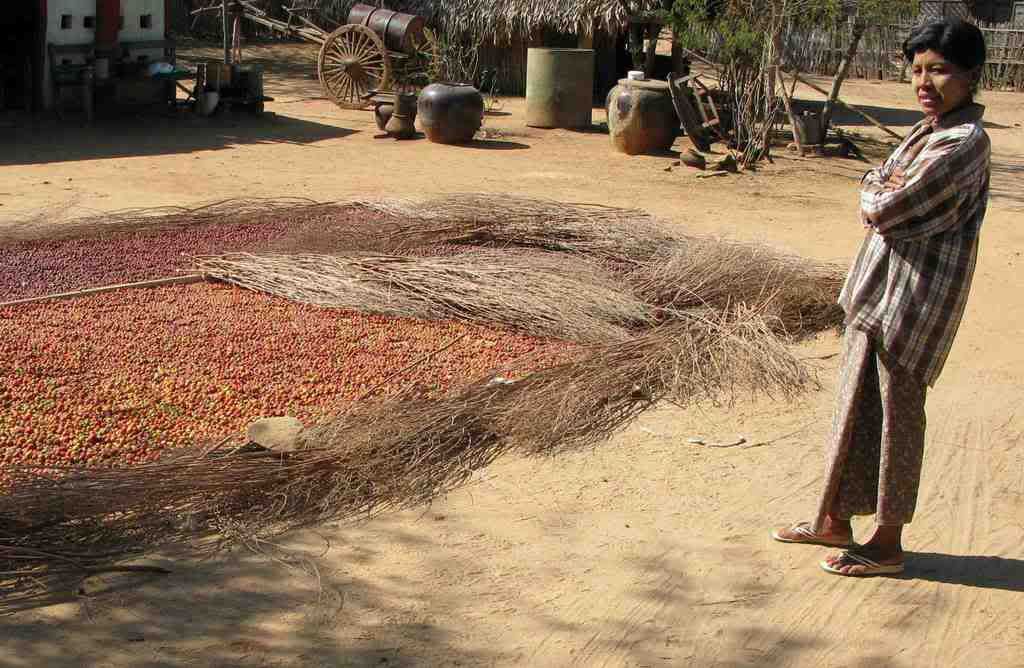
Peanuts and sesame seeds are also sun-dried, and then pressed to extract cooking oil. The oil press is turned using a "one-ox-power" engine, which was happy to pose for this picture.

The day we visited, peanut oil was on the production schedule.
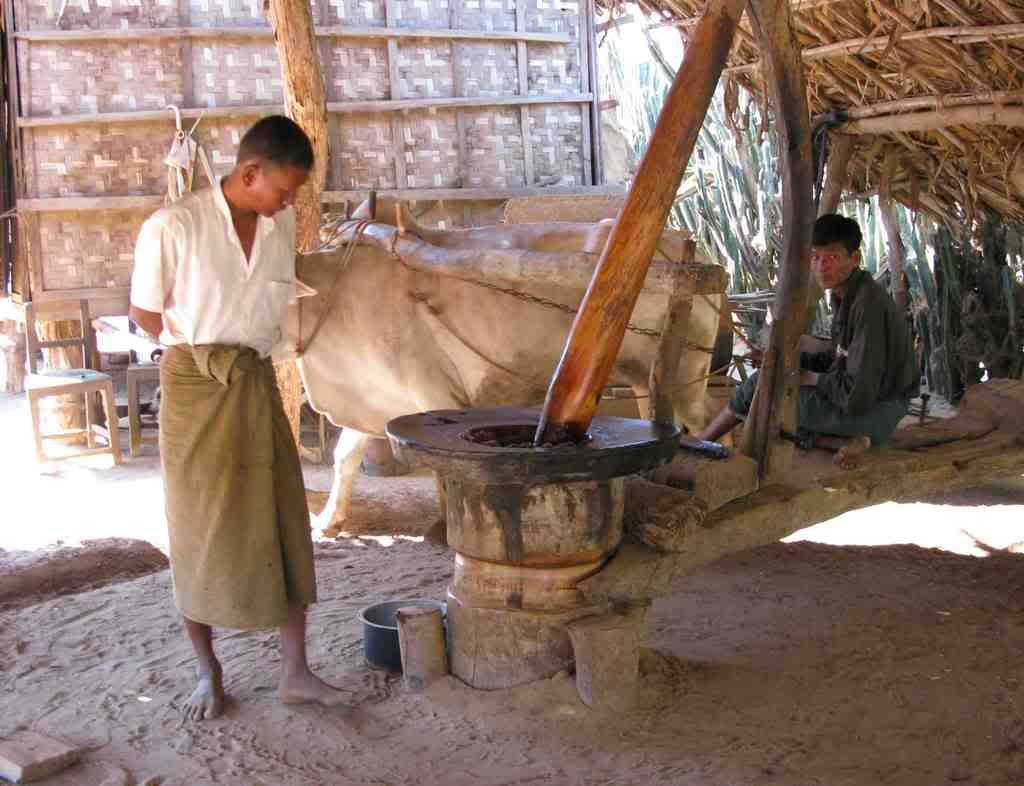
The oil drizzles out of the bottom of the press and collects in the small container just beside the mill operator's left foot. The peanut meal that remains after grinding is fed to the chickens and oxen.
Peanut oil wasn't the only liquid being produced while we watched. The ox took advantage of a break in the action to engage in some production of its own.
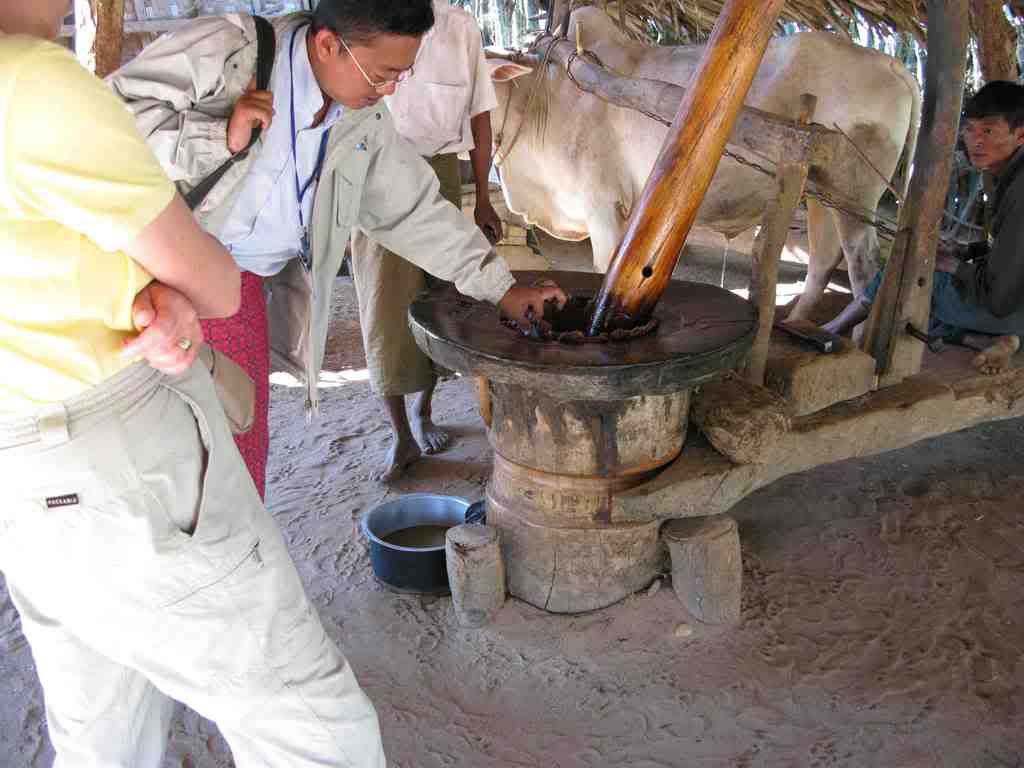
The second village we visited in the area didn't have an oil press, but it boasted both a primary school and a general store. The family that owns the general store is considered "middle class" by Bagan standards, and is the wealthiest family in the village.
We met the proprietor and his wife.
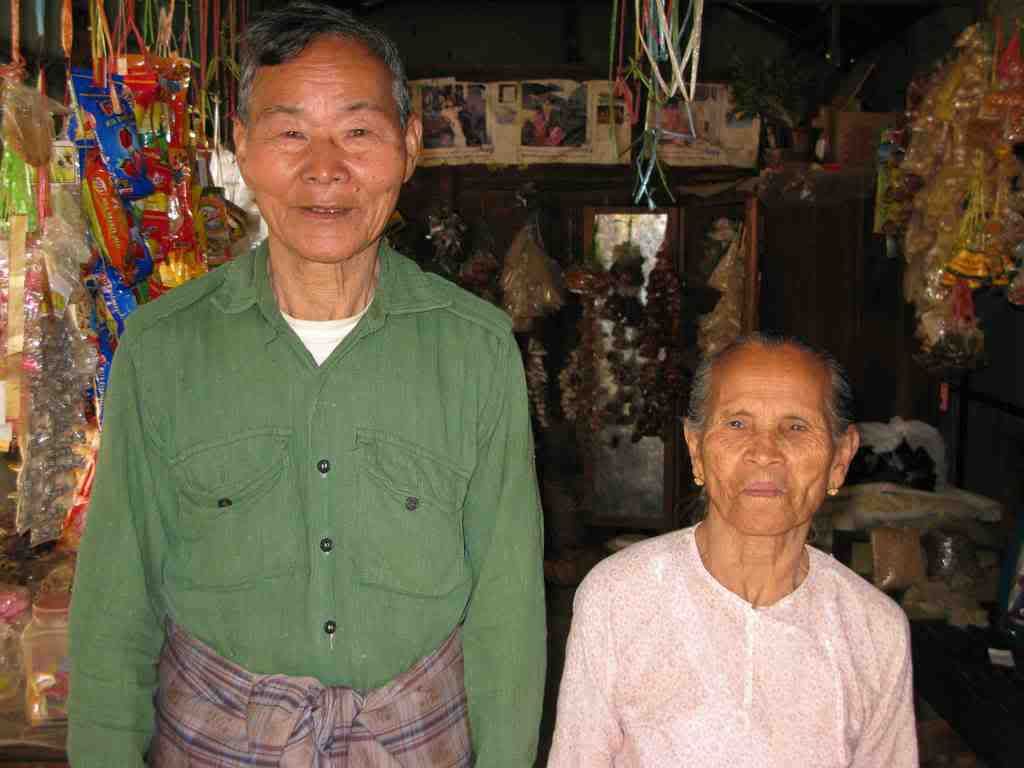
The shelves were well-stocked with a wide variety of packaged foods and other goods.
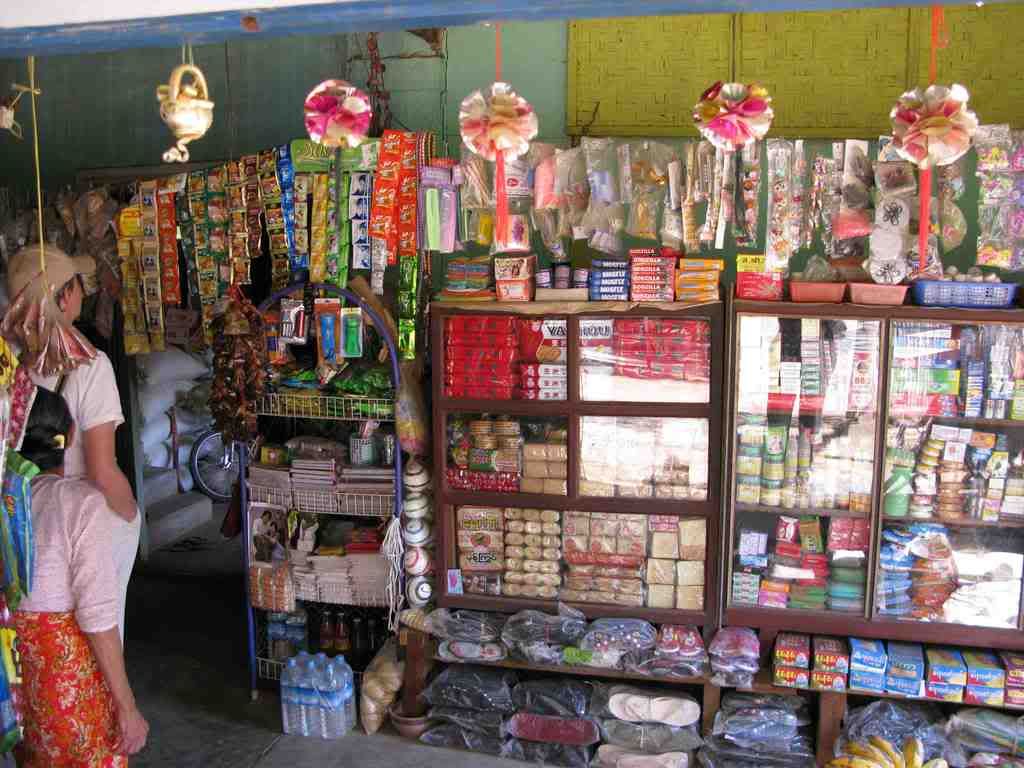
This was a full-service store. It even had a paint department.
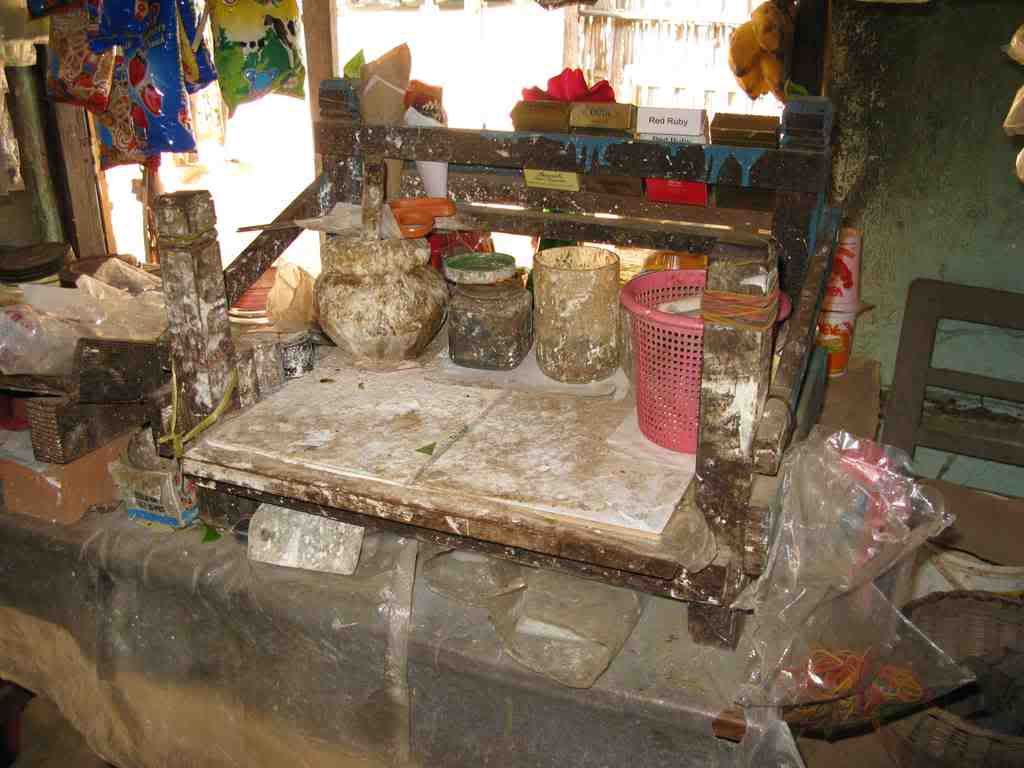
In Myanmar, tourists are not usually permitted to visit the schools. But the day we stopped by this village was a "festival" day and school wasn't in session. We were able to tour the school house, which is divided into five open classrooms. There is just one teacher, and she is responsible for the entire student body (grades one through five).
This is one of the classrooms.
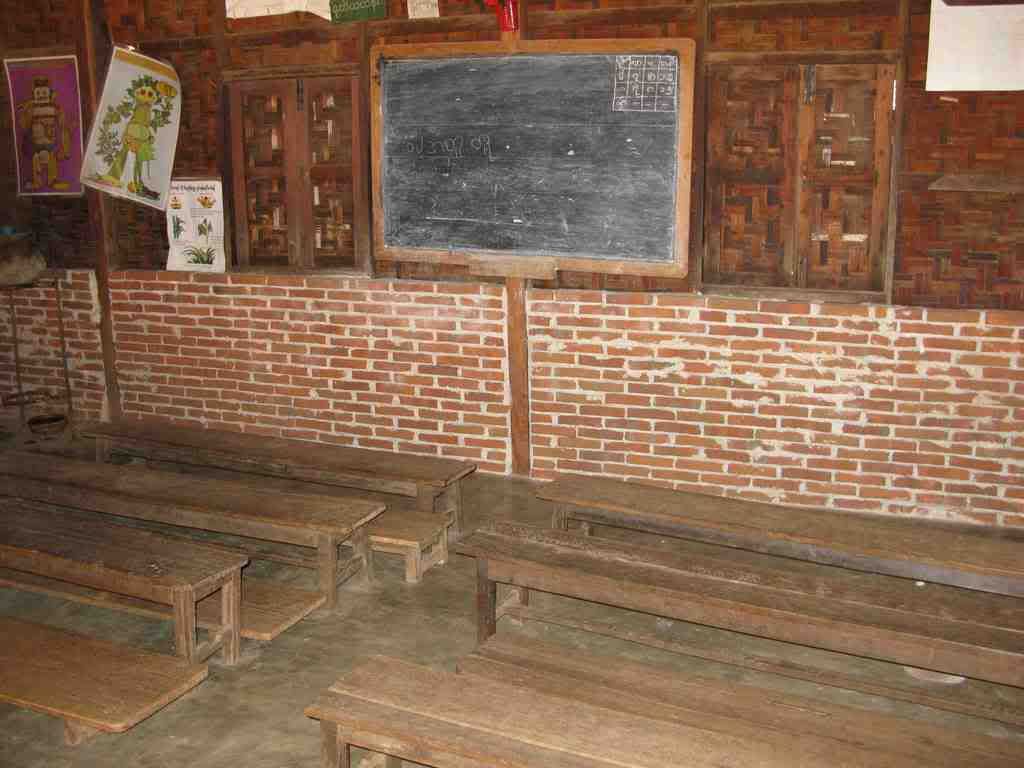
The Myanmar government provides the school building and pays the teacher's (small) salary. It's up to the villagers to pay for school supplies and to find the money to maintain the building. When we visited, the village was gradually accumulating a supply of bricks to repair and enlarge the school.





I'm loving these virtual tours, cuzzies!
ReplyDelete